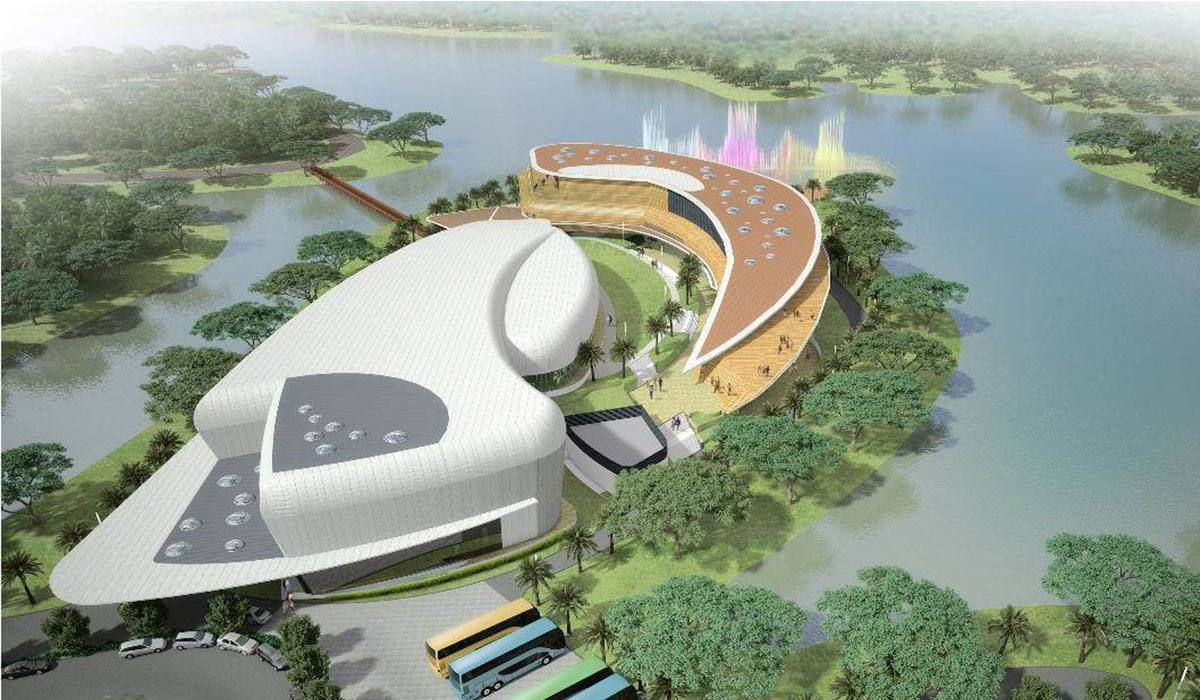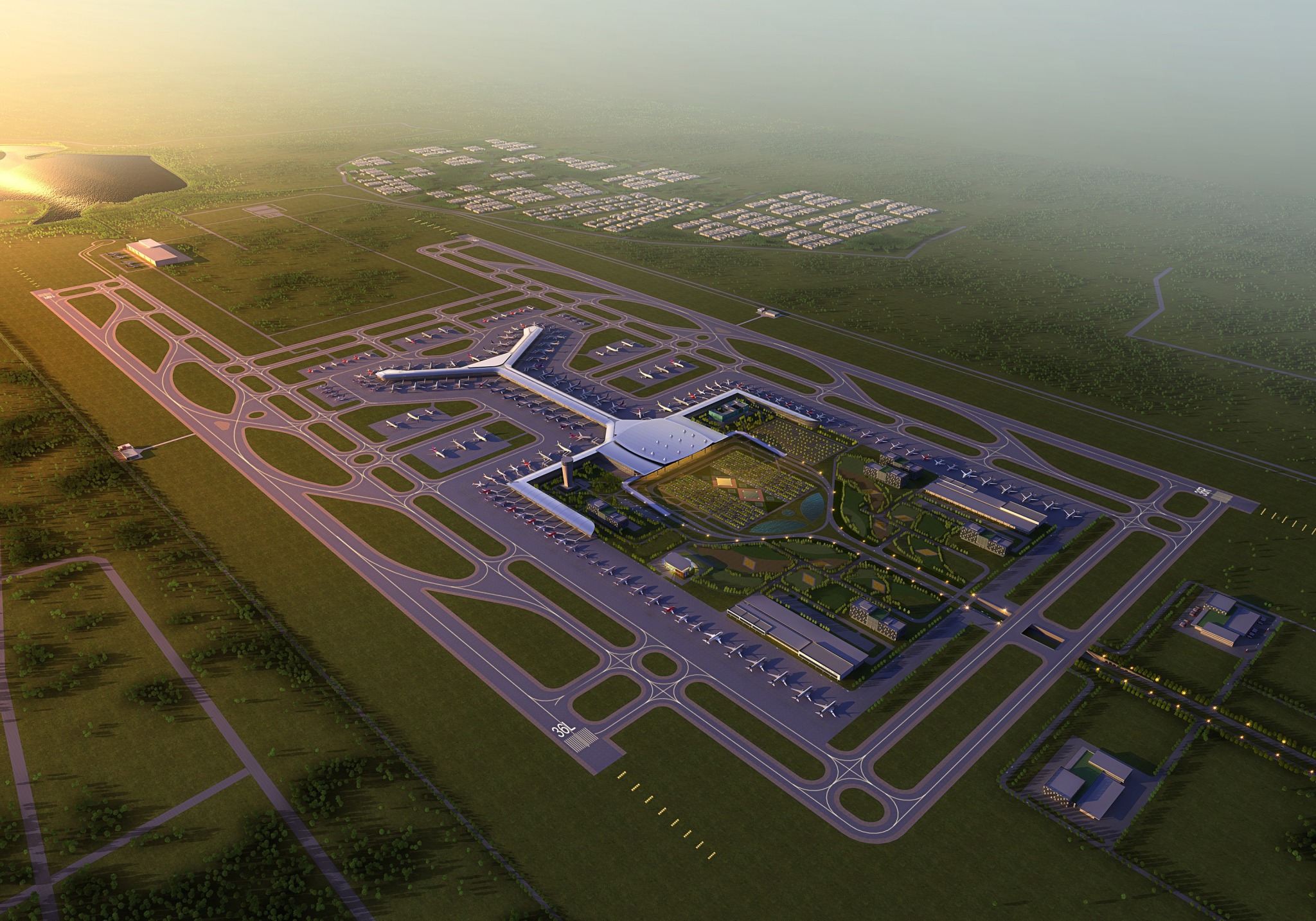The company, which is registered in Myanmar and incorporated in Singapore, received approval from the Myanmar Investment Commission on April 26 to develop, operate and maintain the Ahlone International Port Terminal (2) (AIPT) under a 50-year Build, Operate and Transfer agreement with the government, according to the Directorate of Investment and Company Administration (DICA).
AIPT (2) will be developed across 50 acres of land owned by Myanmar Economic Corporation, which is currently operating AIPT (1), according to DICA. The company will enjoy income tax incentives for the first three years of operations, said Daw Mya Sandar, director of DICA.
Construction of the US$290 million port, which will be built from scratch, is expected to begin in September. Phase 1 of development will involve enough capacity to handle between 100,000 and 150,000 twenty-foot equivalent units (TEU), or twenty-foot containers, when it is completed within the targeted 12 months.
Phase 2, which will take an additional six months to construct, is expected to take the port’s total capacity to a maximum of 800,000 TEUs.
The Yangon River has a draft of nine metres, allowing for vessels of 167 metre in length and 15,000 tonnes in weight. This includes containers ships of between 1100 TEUs and 1500 TEUs. When complete, the new terminal will be able to handle container ships of this size, said Sunil Seth, CEO of Adani Myanmar.
“Our focus will be on bringing modern technologies that will raise productivity and shorten the turnaround time of vessels that call at our port. We will set new benchmarks to throughput time and serve all the major shipping lines that service Yangon,” he said.
Higher volumes
AIPT (2) will be part of Yangon Port cluster on Strand Road in downtown Yangon, which includes Asia World Port Terminal and Myanmar Industrial Port. A separate deep-river multi-purpose container port, Myanmar International Terminals Thilawa, is located south of Yangon, adjacent to the Thilawa Special Economic Zone. These ports handle about 90pc of the country’s exports and imports.
“Total container throughput in Myanmar is currently 1.2 million TEUs but we are looking at GDP growth of around 6.5 percent, which will take the market to 2 million TEUs within the next four to five years. Hence, we feel there is room for more players in this industry,” said Mr Seth.
This is in line with Myanmar’s strategy to increase exports over the next five years. During the last fiscal year, total trade volumes for the country amounted to just over US$33 billion, with exports valued at around US$14.8 billion, according to the Ministry of Commerce.
In comparison, Cambodia, with a population amounting to just a third of Myanmar’s, exported around US$15 billion in 2017, according to official data.
“In that light, we are bullish over the growth potential for Myanmar exports. We believe agricultural products, fisheries, garments and light machinery exports will grow substantially and that overall throughput will rise,” Mr Seth said.
Traffic at Yangon’s ports has already been rising. In the last fiscal year, a total of 2,267 vessels called at the Yangon Port, which is up by almost 13pc over the past four years, according to data from the Myanmar Port Authority (MPA). Meanwhile, Yangon’s container ports handled just over a million TEUs, which is a rise of 40pc over the same period.
Keen on Myanmar
The project is one of the largest Indian investments in Myanmar infrastructure to date and represents Adani Group’s commitment to channelling more investments to the country, Mr Seth said. “The Adani Group is keen on expanding in Myanmar as we believe we have a role to play in infrastructure development here,” he said.
It is also aligned with Adani Group chair Gautam Adani’s goal of “good and sustainable growth across the company,” said Mr Seth.
The Adani Group is a US$10 billion, privately-owned Indian company focused on power generation, logistics and ports. The company has built ten ports in India.
 More funding will be used for Mandalay Region development work in the 2019-2020 fiscal year, said Mandalay Hluttaw (Assembly) MP and regional Project Budget and Finance Committee member U Wine Chit Aung. As the Pyidaungsu Hluttaw (Assembly of the Union) has allocated additional funding to regional and state assemblies for fiscal year 2019-2020, more development work can and will be carried out.
More funding will be used for Mandalay Region development work in the 2019-2020 fiscal year, said Mandalay Hluttaw (Assembly) MP and regional Project Budget and Finance Committee member U Wine Chit Aung. As the Pyidaungsu Hluttaw (Assembly of the Union) has allocated additional funding to regional and state assemblies for fiscal year 2019-2020, more development work can and will be carried out.


 U Tin Maung Tun of Mottama Development Company, which is implementing the aquarium project, said that Myanmar first international standard aquarium is underway to be opened in 2020. This aquarium is built on the 5 acres of compound of Kandawgyi Park by Mayanmar Aqurium Co.ltd with the permission of Yangon Regional Government. The project was started at the beginning of 2014. It was reported that it is the collaborate effort of Department of Fisheries and Myanmar Aquarium Co., Ltd with long term Loan agreement.
U Tin Maung Tun of Mottama Development Company, which is implementing the aquarium project, said that Myanmar first international standard aquarium is underway to be opened in 2020. This aquarium is built on the 5 acres of compound of Kandawgyi Park by Mayanmar Aqurium Co.ltd with the permission of Yangon Regional Government. The project was started at the beginning of 2014. It was reported that it is the collaborate effort of Department of Fisheries and Myanmar Aquarium Co., Ltd with long term Loan agreement.



